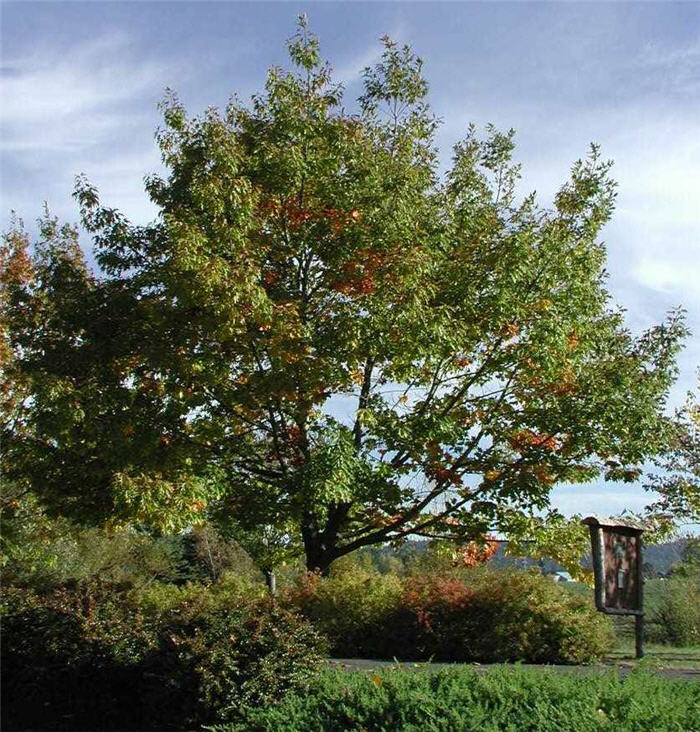| Botanical Name: Quercus rubra | |
| Common Name: Northern Red Oak |

-
Anatomy
-
Culture
-
Design
Plant Type
Tree
Height Range
40-60', 60-100'
Flower Color
n/a
Flower Season
n/a
Leaf Color
Green
Bark Color
Brown
Fruit Color
Brown
Fruit Season
Summer, Fall
Sun
Full
Water
Medium
Growth Rate
Moderate
Soil Type
Clay, Loam
Soil Condition
Average, Rich, Poor, Well-drained, Dry
Soil pH
Acid, Neutral
Adverse Factors
n/a
Design Styles
English Cottage, Formal, Ranch, Woodland
Accenting Features
Fall Color, Specimen
Seasonal Interest
Winter, Summer, Fall
Location Uses
Background, Lawn, Patio, Park
Special Uses
Screen, Shade Tree
Attracts Wildlife
Butterflies
Information by: Stephanie Duer
Photographer: Connon Nursery
Photographer: Connon Nursery
-
Description
-
Notes
The Northern Red oak is a relatively fast growing oak, with a rounded to broad crown, growing to 50 to 70 feet tall and wide. Leaves are classically "oak-like" and a rich green, turning reddish-brown in the autumn. Its acorns are about an inch long with a saucer-like cap. Bark is deep brown to nearly black, with young bark being very smooth and older bark having interesting fissures and ridges. An attractive, long-lived shade tree.
Grow in full sun and well-drained soil, preferably in a sandy-loam to loamy-clay soil. Prefers acidic to neutral soils, though is tolerant of lower pH soils; also tolerant of drought and pollution. Trees are slow to establish, and so plant the smallest size you can endure (it will establish more quickly than a larger tree), and plant in spring through early autumn to give the tree time to establish.